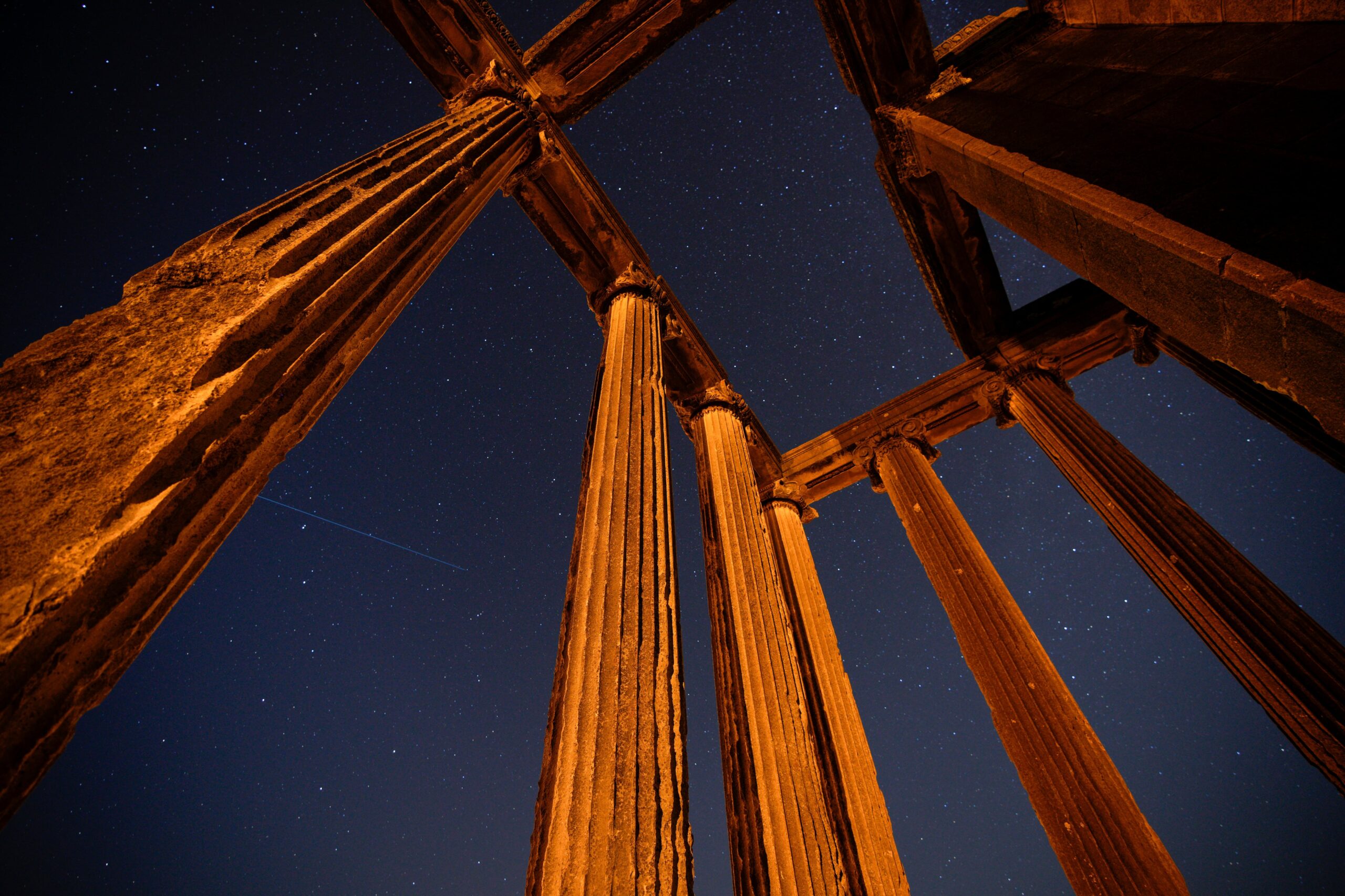Cleveland, Ohio Darker skies currently provide greater viewing than during the moonlit peak of the Perseid meteor shower, so there’s still time to capture it.
There will be a better chance for stargazers to witness one of the year’s brightest meteor showers if they travel outside between now and August 23. This is because a waning moon will create darker skies, which will make it easier to see the shooting stars.
On the other hand, the moon was 84% full during the Perseids’ peak on August 12 and 13, which largely obscured the show. There were barely 10 to 20 meteors visible each hour, as opposed to the usual 50 to 100 shooting stars per hour.
The moon will continue to decline in the Northern Hemisphere until August 23. According to timeanddate.com, it will decrease to 15% illumination during the course of Monday and Tuesday. It will be almost black by early Saturday morning because it will be a new moon.
What is the Perseid meteor shower?
Every year, from mid-July to late-August, people can see the Perseid meteor shower, also referred to as the Perseids.
When Earth passes through ice and rock fragments left behind by Comet Swift-Tuttle, which last approached Earth in 1992, the Perseids occur.
When it strikes Earth’s atmosphere, a typical Perseid meteoroid travels 37 miles per second. Perseids are known for their bright and fast meteors that often dash through Earth’s atmosphere, leaving behind long wakes of color and light, according to NASA.
Fireballs, which are brighter than other meteors and emanate from larger cometary particles, are another characteristic of the Perseids. Larger blasts of color and light that last longer than a typical meteor streak are called fireballs.
The constellation that the meteors seem to be coming from is used to designate meteor showers. The constellation Perseus in the Northern Hemisphere appears to be the source of the Perseids from Earth’s perspective.
How to view Perseid meteor shower
Though they can occasionally be seen as early as 10 p.m., the Northern Hemisphere’s best time to see the Perseids is in the predawn hours before sunrise.
It’s simple to watch a meteor shower. Darkness, a cozy spot to sit, and a little perseverance are all you need to see the show. Since you want the broadest view of the sky possible, binoculars and telescopes are not necessary.
The Perseids have the added benefit of taking place in the Northern Hemisphere during the summer, so you won’t need to bring extra clothing when you go out.
Go to the darkest spot with a clear view of the sky to get the finest view of the Perseids. After that, simply relax and lean back. Avoid as much light pollution as you can, and give your eyes a half hour or so to become used to the darkness.
You should normally position yourself to stare toward the Perseus constellation in the north, however meteors might come from any direction. Despite being difficult to locate, Perseus easily follows Cassiopeia, a brighter and more recognizable constellation, across the night sky.
NE Ohio weather forecast for Perseid meteor shower
Skywatchers will get a chance to witness the Perseid meteor shower before it concludes on August 23 thanks to rather cooperative weather in Northeast Ohio.
Cleveland forecasters with the National Weather Service say that Monday night’s high pressure will allow for clear skies above.
An area of low pressure is expected to bring cloudy skies and the potential for showers and thunderstorms by Tuesday evening.
As a cold front passes through the area, unsettled weather is predicted to persist into Wednesday. Wednesday night’s skies will be partly cloudy as a result.
Clear skies are expected on Thursday and Friday evenings as high pressure returns for the rest of the week.
Monday’s overnight low will be in the low to mid-60s, Tuesday and Wednesday evenings will be just under 70 degrees, and Thursday and Friday nights will be closer to the mid-60s.
More
stargazing
-
Small but mighty: New moon discovered orbiting Uranus
-
Will Ohio see the northern lights? What to know about this week s geomagnetic storm
-
When is the August full moon? How to see the sturgeon moon






